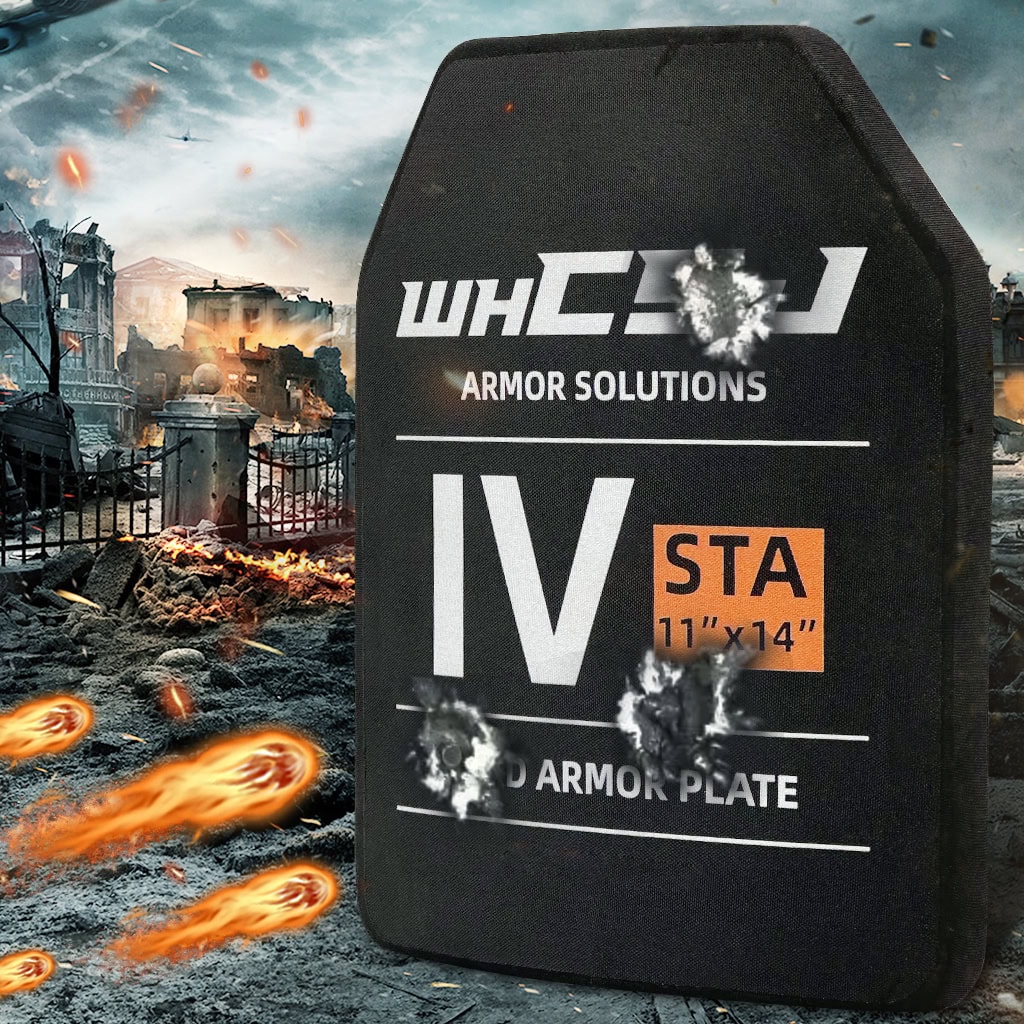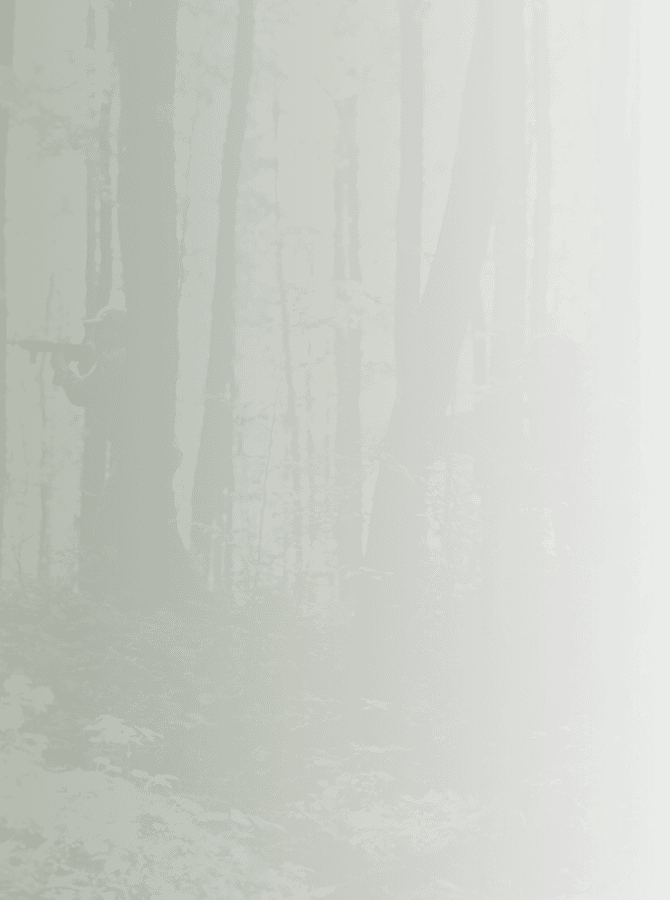The Authoritative B2B Procurement Guide to Ballistic Personal Protective Equipment (PPE)

Introduction: More Than Just Gear, It’s a Lifeline for Mission Success
In high-stakes environments, the line between a successful mission and a tragedy is razor-thin. For military personnel, law enforcement officers, and security professionals, the gear they wear isn’t about comfort—it’s about survival. Ballistic Personal Protective Equipment (PPE) is the lifeline that defines mission outcomes.
Our company provides compliant-grade protective products and professional services to a global clientele, including military procurement departments, law enforcement agencies, government contractors, and security project bidders.
This comprehensive guide is written for these decision-makers. We will move beyond simple product descriptions to strategically analyze the core factors that truly matter when procuring and deploying life-saving protective gear.
What is Ballistic Personal Protective Equipment? A Foundational Overview
Unlike general-purpose PPE used in construction or industry (e.g., hard hats, high-visibility vests), ballistic PPE is engineered with one paramount objective: to defeat or mitigate threats from projectiles, primarily bullets and explosive fragmentation. A complete ballistic system is composed of several carefully integrated components.
Head Protection: The Ballistic Helmet
A modern combat helmet does far more than just stop projectiles. It has evolved into a platform for critical accessories like Night Vision Goggles (NVGs), communication systems, and mandible protection. Its design strikes a delicate balance between protective coverage, situational awareness, and wearer comfort.
To understand the evolution, manufacturing processes, and key features of modern headgear, read our in-depth article: From PASGT to FAST: The Technology and Manufacturing Behind Modern Ballistic Helmets
Torso Protection: Body Armor, Tactical Vests, and Armor Plates
This is the core of any ballistic system. It typically includes:
- Carrier Vest: The textile outer shell that houses the ballistic components.
- Soft Armor Panels: Usually made from UHMWPE and aramid fibers, providing broad coverage against handgun rounds and fragmentation.
- Hard Armor Plates: Rigid plates inserted into the vest to defeat high-velocity rifle threats, often incorporating ceramic composite materials.
The synergy between these components is crucial for achieving effective multi-threat protection.
Extremity and Auxiliary Protection
While protecting vital organs is the top priority, modern warfare has highlighted the need for auxiliary protection in high-threat areas. This includes ballistic-rated groin, shoulder/bicep, and throat protectors, which are critical in mitigating injuries from explosives and Improvised Explosive Devices (IEDs).
For a detailed look at how these components are used in the field, see our: Field Operations FAQ: Answering Military & Police Questions About Ballistic Gear
The Unshakeable Benchmark: A Deep Dive into NIJ Ballistic Standards
While some countries have their own ballistic standards, the standard from the U.S. National Institute of Justice (NIJ) remains the most widely accepted and referenced benchmark globally. For any procurement officer, understanding and demanding compliance with NIJ standards is the first step in due diligence. The NIJ standard classifies armor based on the level of ballistic threat it can defeat.
- Levels IIA, II, & IIIA: Primarily soft armor, designed to stop common handgun and shotgun rounds. Level IIIA is the most common standard for soft armor issued to law enforcement.
- Level III: This is the first level rated for rifle threats, specifically the 7.62mm Full Metal Jacketed (M80) bullet. It typically requires hard armor plates.
- Level IV: The highest protection level, certified to stop a single .30-06 M2 Armor Piercing (AP) round.
Important Note: The industry is transitioning from NIJ Standard 0101.06 to the new NIJ Standard 0101.07. The new standard introduces more rigorous testing protocols and new level nomenclature (e.g., RF1, RF2). A forward-thinking supplier must be fully versed in these changes.
Ensure your procurement is future-proof. Read our full analysis: Decoding NIJ Standard 0101.07: A Procurement Officer’s Essential Guide
The Science Behind the Shield: A Deep Dive into Ballistic Materials
The effectiveness of any piece of ballistic gear is dictated by its materials. The choice of material is a strategic trade-off between weight, performance, durability, and cost.
Soft Armor Materials: Aramid Fibers (e.g., Kevlar®) & Ultra-High-Molecular-Weight Polyethylene (UHMWPE)
- Aramids (e.g., Kevlar®): These synthetic fibers boast incredible tensile strength. When woven into a fabric, they act like a high-strength “net,” catching and dispersing the energy of a bullet.
- UHMWPE (Ultra-High-Molecular-Weight Polyethylene): Materials like Dyneema® and Spectra® are extremely strong and lightweight plastics. They work similarly to aramids but offer a superior strength-to-weight ratio.
Hard Armor Materials: Ballistic Steel, Ceramics, and Composites
- Ballistic Steel: The classic armor material. It defeats threats through its extreme hardness and strength. While heavier, it offers excellent multi-hit capability and cost-effectiveness.
- Ceramics (e.g., Alumina, Silicon Carbide): These materials are exceptionally hard and work by shattering an incoming projectile on impact. They are typically bonded to a composite backing to absorb the remaining fragments, offering superior protection against armor-piercing rounds at a lighter weight than steel.
Which material is best for your mission? Compare them in our detailed report: Kevlar, Steel Plate & Future Tech: A Comparative Analysis of Ballistic Materials
Key B2B Procurement Considerations
Choosing the right supplier and equipment requires a strategic approach that goes beyond the spec sheet.
- Threat Assessment: This is the most critical factor. Is the primary threat from handguns in an urban law enforcement context, or from rifles and IED fragments in a military combat zone? The mission dictates the required protection level.
- Balancing Weight and Mobility: Every gram matters. Heavier armor may offer more protection but can impede a soldier’s mobility, increase fatigue, and reduce operational effectiveness. The goal is to find the optimal balance.
- Supplier Vetting: A reliable partner does more than just sell products. You need to look for:
- Verifiable Certifications: Proof of compliance with NIJ testing standards from accredited labs.
- Production Capacity & Quality Control: ISO certifications and transparent manufacturing processes.
- Past Performance: A strong track record of successfully fulfilling government and military contracts.
- R&D Investment: A supplier who understands future threats and material science.
- Lifecycle and Maintenance: All ballistic gear, especially soft armor, has a limited shelf life (typically 5 years). Understand the product’s warranty, care instructions, and total cost of ownership.
Ballistic PPE Frequently Asked Questions (FAQ)
How much does a bulletproof vest weigh?
A Level IIIA soft armor vest can weigh between 1.8-2.7 kg (4-6 lbs). A full kit with Level IV hard plates can exceed 9-14 kg (20-30 lbs), depending on the materials and coverage.
Is SWAT body armor “bulletproof”?
“Bulletproof” is a misnomer; the more accurate term is “bullet-resistant.” SWAT armor is highly bullet-resistant, typically featuring Level IIIA vests and Level III or IV hard plates, designed to counter the specific threats they are likely to face.
Is it illegal for a private citizen to own body armor?
Laws regarding civilian ownership of body armor vary by country and even region. In many European nations, including Italy, ownership is restricted or requires special permits. All government and military procurement must adhere to their national regulations.
Conclusion: Partnering for Superior Protection and Performance
Selecting ballistic PPE is one of the most critical decisions a procurement department can make. It demands a deep understanding of standards, a grasp of material science, and a clear-eyed assessment of operational needs.
The right equipment, sourced from a knowledgeable and trustworthy supplier, does more than just protect an individual—it enhances operational capability and instills the confidence needed to perform under pressure.
Your team deserves the highest level of protection and expert guidance. Contact our B2B solutions team today to discuss your specific requirements, request a bulk quote, or learn more about our certified ballistic solutions.

